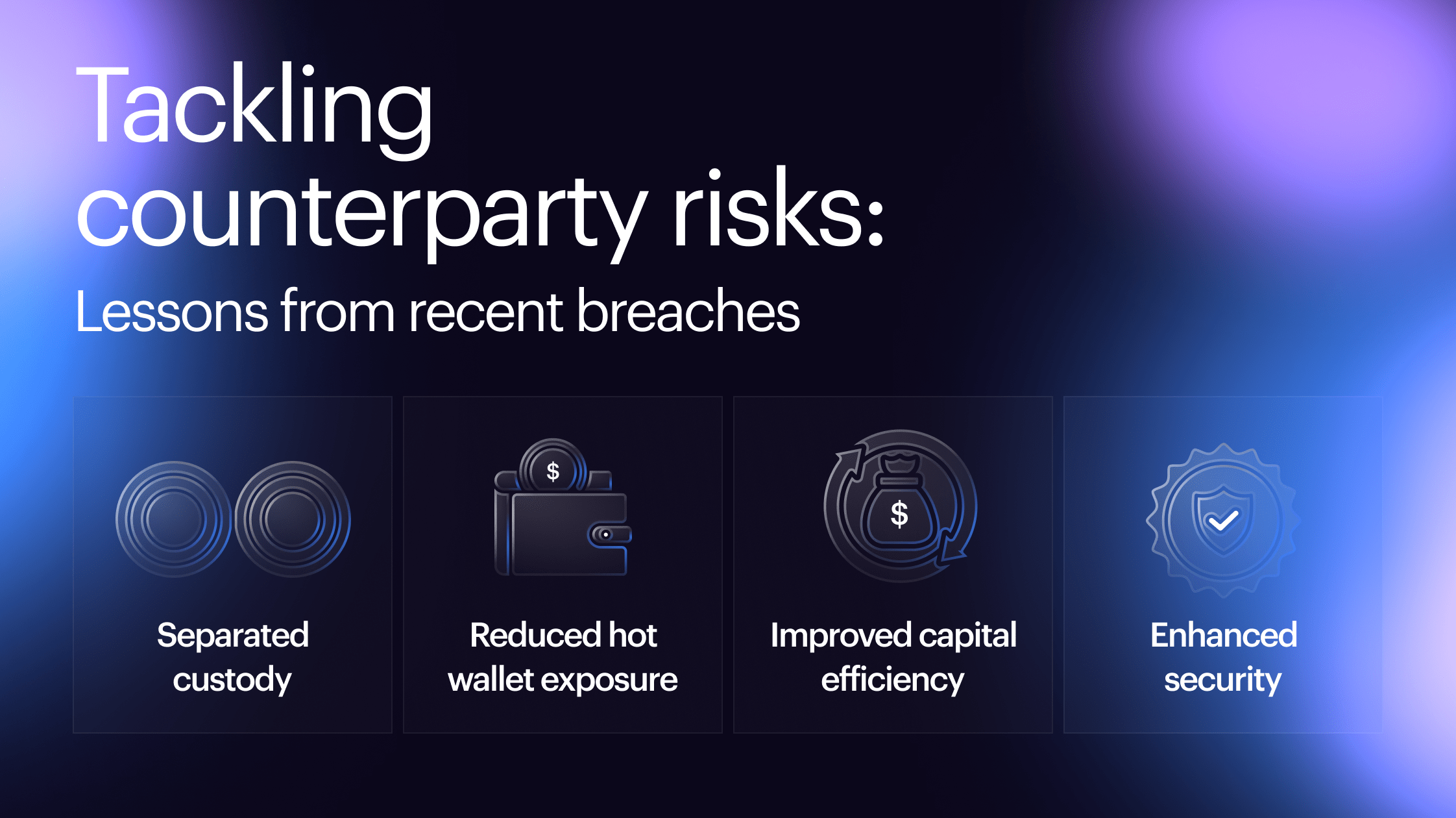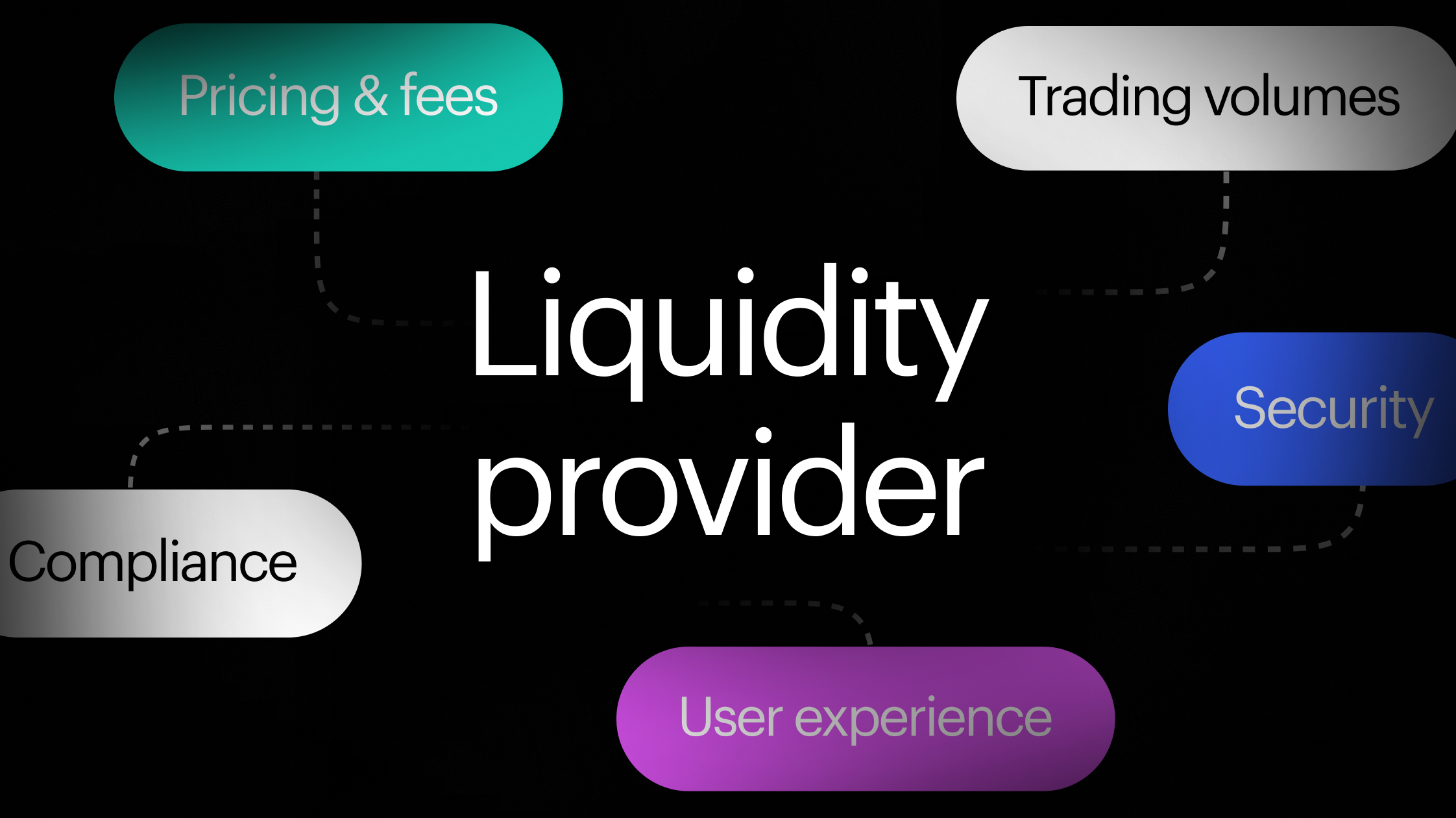 The first half of 2025 has seen over $2.4 billion stolen from crypto services, making it more devastating than the entirety of 2024, according to Chainalysis. Recent security incidents at CoinDCX, occurring almost exactly a year after a $230 million breach at WazirX, another Indian crypto exchange, highlight a recurring vulnerability in the CEX model: the inherent risk of holding large asset pools. This risk persists even when funds are operational rather than direct customer deposits.
The first half of 2025 has seen over $2.4 billion stolen from crypto services, making it more devastating than the entirety of 2024, according to Chainalysis. Recent security incidents at CoinDCX, occurring almost exactly a year after a $230 million breach at WazirX, another Indian crypto exchange, highlight a recurring vulnerability in the CEX model: the inherent risk of holding large asset pools. This risk persists even when funds are operational rather than direct customer deposits.
Beyond robust security cultures and regular audits, the question remains: what more can be done at the trading architecture level to mitigate these risks?
Counterparty Risks in CEXes Counterparty risk is the risk that one party in a financial transaction will fail to meet its obligations. Primary forms include:
-
Custodial Risk. CEXes typically take custody of user assets by controlling their private keys.
This central reliance creates multiple points of failure:
-
Security Breaches: Exchanges are prime targets for cyberattacks due to large asset holdings. Successful breaches, like past incidents across the industry, can lead to fund loss. Even when customer funds are segregated, as in the CoinDCX case, compromised internal operational accounts can cause substantial financial damage to the exchange.
-
Mismanagement and Fraud: Centralized control over user funds can lead to misuse or fraud by exchange operators, as demonstrated by numerous past collapses.
-
Insolvency: If an exchange faces financial distress, user funds may be frozen or used to satisfy creditors, potentially leading to partial or total loss for users.
-
Operational Risk. CEXes rely on complex systems, including hot/cold wallet management, trading engines, and third-party integrations, which introduce various operational risks:
-
System Failures: Technical malfunctions or software bugs can disrupt trading, cause incorrect order executions, or temporarily block fund access.
-
Insider Threats: Employees with privileged access can pose risks through malicious actions or accidental errors. The CoinDCX incident, linked to a "sophisticated server breach" and unauthorized internal account access, highlights such vulnerabilities.
-
Human Error: Mistakes in managing private keys or security configurations can lead to irreversible losses.
Mitigation Strategies: post trade settlement & non-custodial trading infrastructure
Post trade settlement involves executing and settling transactions after a trade has been executed without direct exchange custody. This model allows institutions to access liquidity while maintaining assets with an independent, often regulated, institutional custodian.
Key benefits:
-
Separated Custody: Institutions retain digital assets with a trusted custodian, not the exchange.
-
Reduced Hot Wallet Exposure: Eliminates the need to pre-fund exchange accounts, minimizing capital exposed to online, hack-prone hot wallets. Assets move only after a trade is finalized, reducing vulnerability.
-
Improved Capital Efficiency: Capital remains with the custodian, allowing efficient management across multiple trading venues without delays and costs of frequent on-chain transfers.
-
Enhanced Security: Qualified institutional custodians typically employ superior security measures like multi-signature (multi-sig) or multi-party computation (MPC) wallets and cold storage.
-
Mitigated Operational & Regulatory Risks: Decentralized custody eases operational burdens for trading platforms and provides a clearer regulatory framework for asset custody.
Finery Markets: an institutional solution for counterparty risk
Finery Markets exemplifies how post-trade settlement and non-custodial principles address institutional counterparty risks in digital assets. As a global trading infrastructure provider, Finery Markets offers a non-custodial crypto ECN and SaaS trading solutions for institutional clients.
We directly mitigate the risks highlighted by recent incidents by:
- Non-custodial by design: Clients maintain assets with their chosen custody service, eliminating the custodial risk seen when internal operational accounts (a form of centralized custody) are compromised.
- Eliminating pre-funding requirements: Finery Markets' post-trade settlement model eliminates the need for institutions to pre-fund trading accounts, thereby preventing the central exposure of significant capital and enhancing overall capital efficiency.
- Off-exchange (OTC) trading: Finery Markets in its partnerships with wallet service providers and custodians enables OTC trading, which enhances settlement efficiency during asset transfer, reducing manual interventions and processes.


 The first half of 2025 has seen over $2.4 billion stolen from crypto services, making it more devastating than the entirety of 2024, according to Chainalysis. Recent security incidents at CoinDCX, occurring almost exactly a year after a $230 million breach at WazirX, another Indian crypto exchange, highlight a recurring vulnerability in the CEX model: the inherent risk of holding large asset pools. This risk persists even when funds are operational rather than direct customer deposits.
The first half of 2025 has seen over $2.4 billion stolen from crypto services, making it more devastating than the entirety of 2024, according to Chainalysis. Recent security incidents at CoinDCX, occurring almost exactly a year after a $230 million breach at WazirX, another Indian crypto exchange, highlight a recurring vulnerability in the CEX model: the inherent risk of holding large asset pools. This risk persists even when funds are operational rather than direct customer deposits.
.png)




















